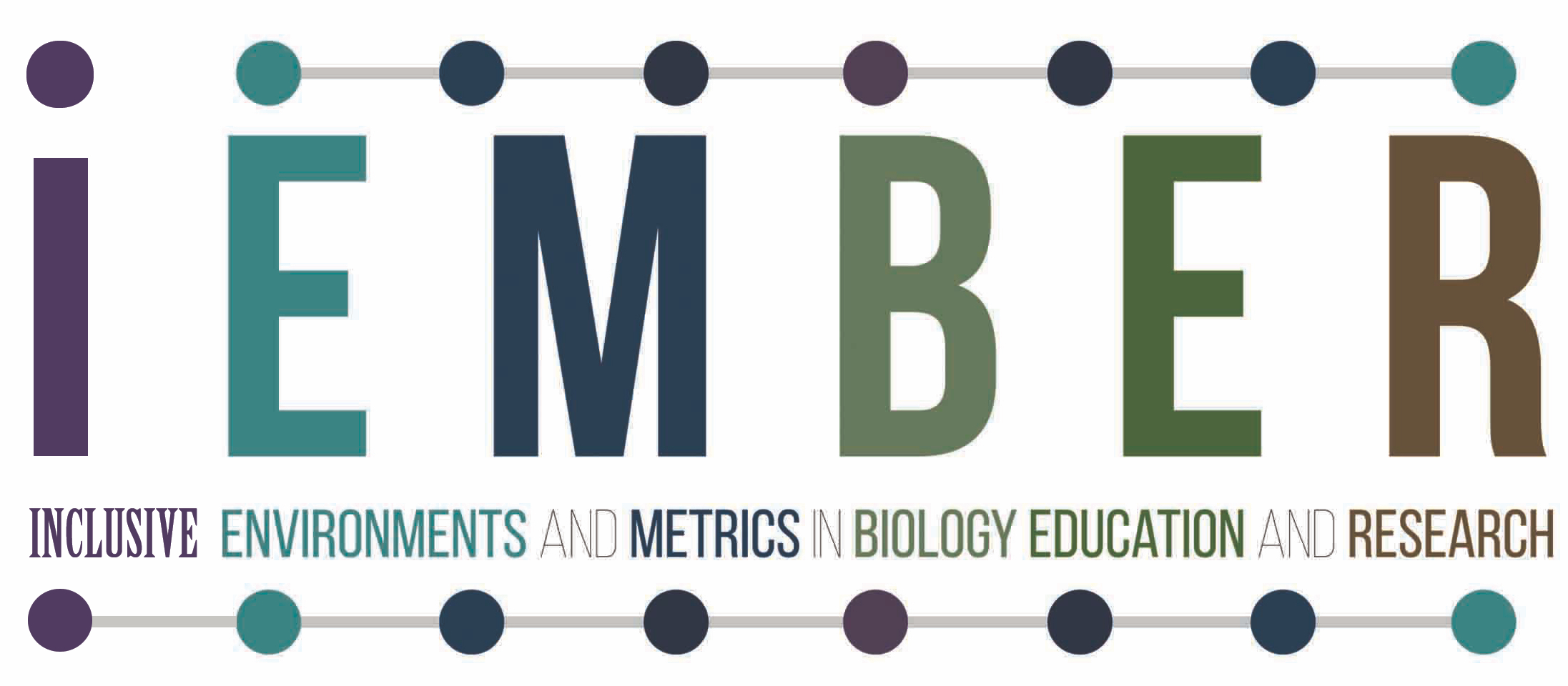Dr. Bonnie Green - Project Ideation and Contacting Your Program Officer
On November 2nd, we held a Grantwriting Coffee Hour with guest speaker Dr. Bonnie Green, Professor of Psychology at East Stroudsburg University, who until recently was a full-time Program Director at the National Science Foundation. We had invited Dr. Green to speak to us about program ideation, and what to consider when beginning your journey towards funding a project and interacting with Program Officers.
Dr. Green began with a recommendation to start with the problem you are trying to fix. This applies to the common issue of starting off thinking about a grant as an opportunity to “chase the money”; but it is also important to realize that not everyone else will understand the problem you are working on. Instead, think about how to frame the problem locally at your site, illustrating e.g. students locally with a particular problem you want to address, and then think about how you can show that the problem can be generalized non-locally. Once you have this framing, it’s important to make contact with the Program Officer for the program you are considering, and bounce the ideas off them, in the form of a one-page summary, to see if it’s an appropriate fit for what the program is looking to support.
Dr. Green highlighted that it’s important to find the right solicitation for your proposal, and within that there may be various different tracks or paths, and your proposal may fit better into one than another. In particular it’s important to pay attention to the population targeted by the solicitation, as well as the goals the program is trying to reach. Dr. Green gave us an example in the form of the NSF EDU Core Research: Building Capacity in STEM Education Research (ECR: BCSER) - if you’re new to the ECR branch of NSF, this can be an ideal capacity-building program to begin with, and generally new ideas may also be worth considering for capacity-building tracks. It’s important to make sure that you understand how tracks are differentiated from each other, and that your proposal falls directly in line with one of them, rather than falling between them.
In terms of formulating your idea, Dr. Green discussed the idea of balancing between introducing new information, versus assuming reviewers know a lot about the problem you are working on: it’s important to contextualize data appropriately, define your terms operationally, and ground everything in the literature. One piece of advice Dr. Green shared was to have a STEM Education person outside of your research look over the proposal for you in advance, to see if you are hitting this balance between assuming prior knowledge and providing appropriate context.
Dr. Green shared that it’s particularly important to clearly define and focus on the theoretical framework underpinning your work. Not only that, but your theoretical framework should also be able to clearly communicate to the reviewer that it increases the internal validity of your work, allowing you to understand causal changes in your intervention. It should also demonstrate how it increases the external validity of your work - its generalizability to other sites and populations. It is also important in guiding your evaluation plan.
In conclusion, Dr. Green shared some specific pieces of advice about responding to feedback and reviewers. For example, it’s important not to focus on responding to individual reviewers, because in the next round of review will get new reviewers, and this strategy does not lead to an increase in scores on resubmissions. Also, learn from each submission - each event teaches you new things that will serve you in future applications, so make sure you are learning from the process itself each time. Finally, Dr. Green reiterated the overall importance of keeping focused on your goals throughout the process, and in generally funding your work; and to remember that Program Officers are human, and here to help!
